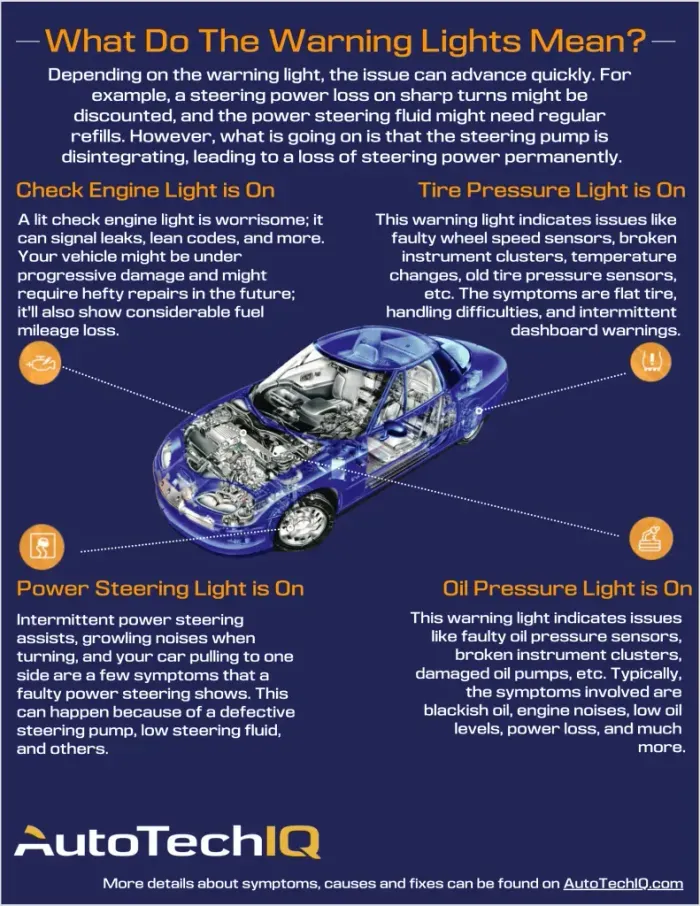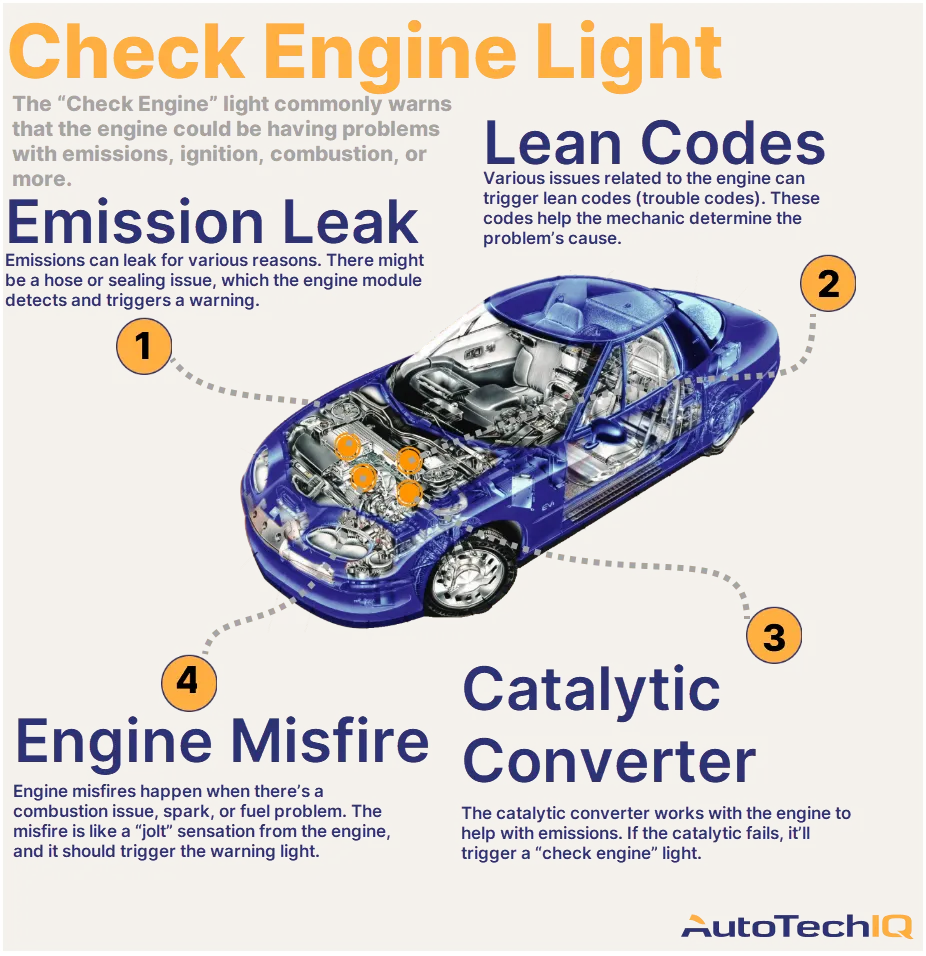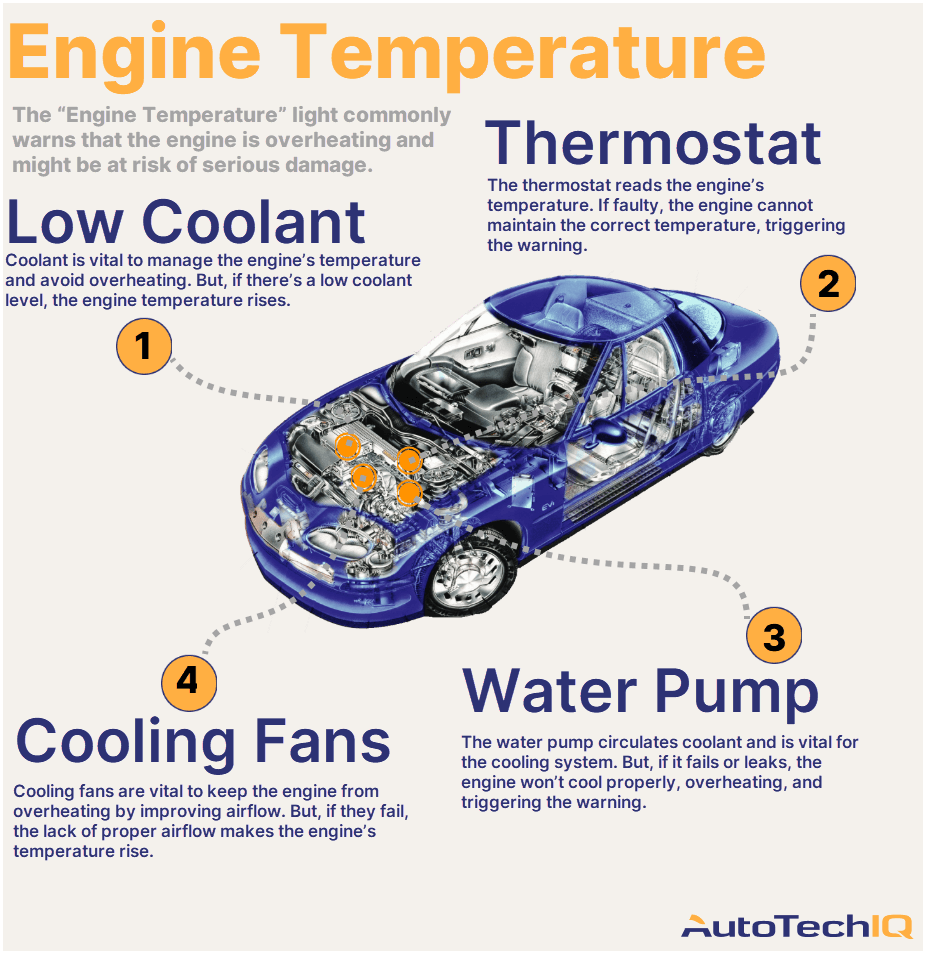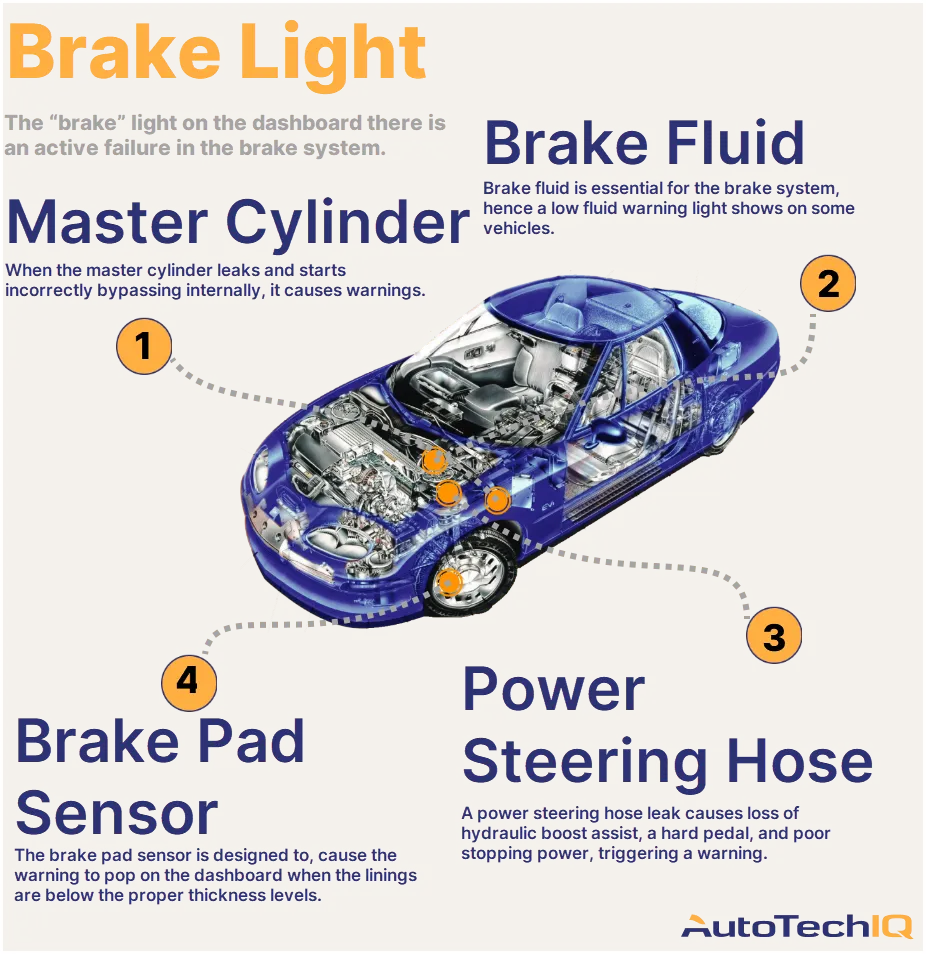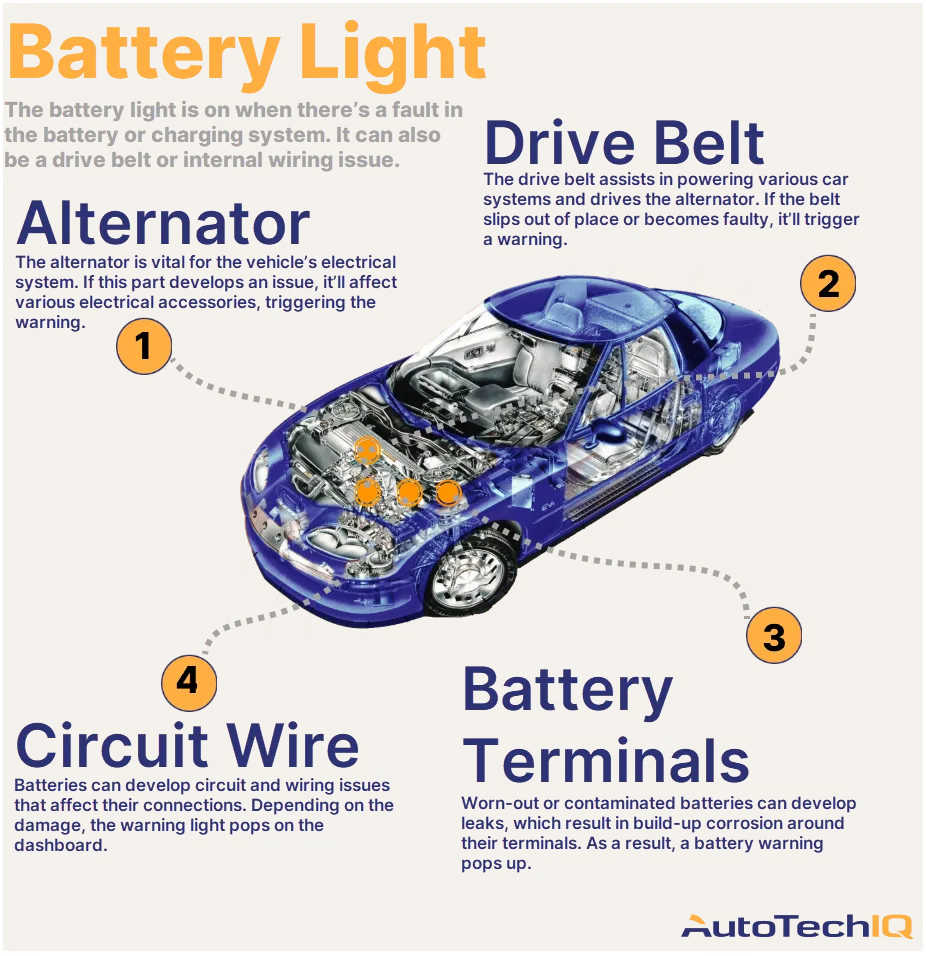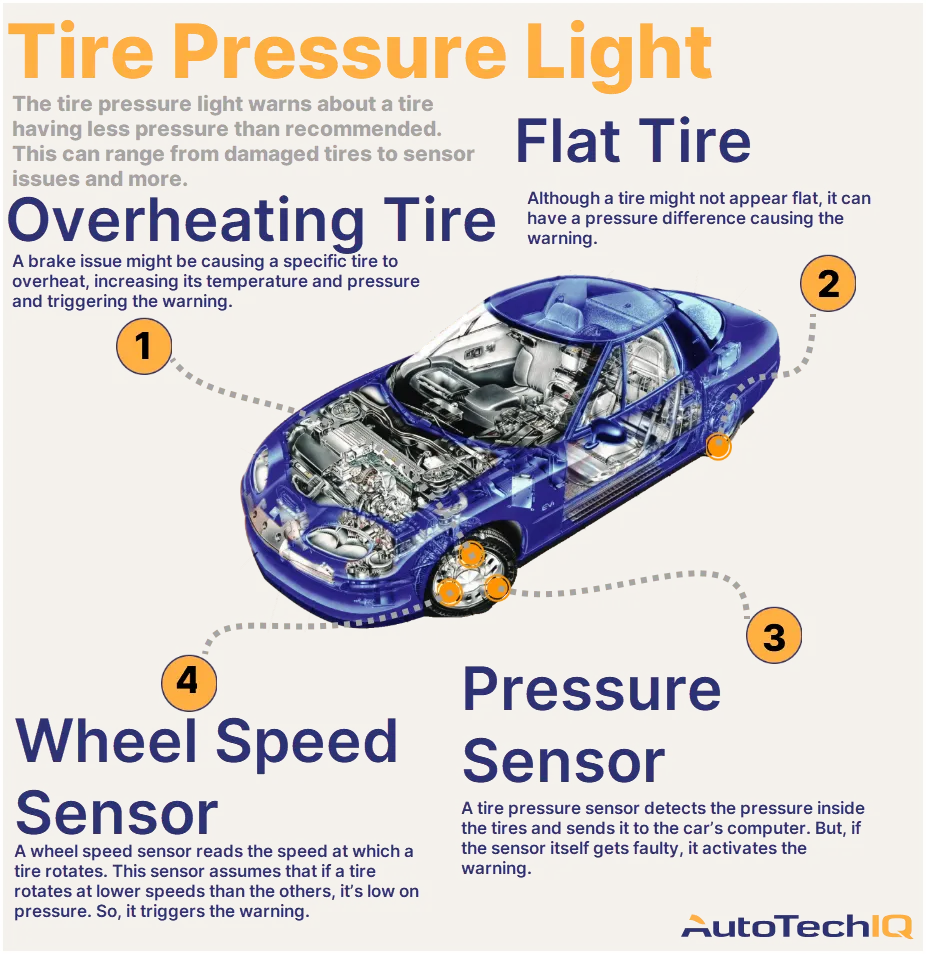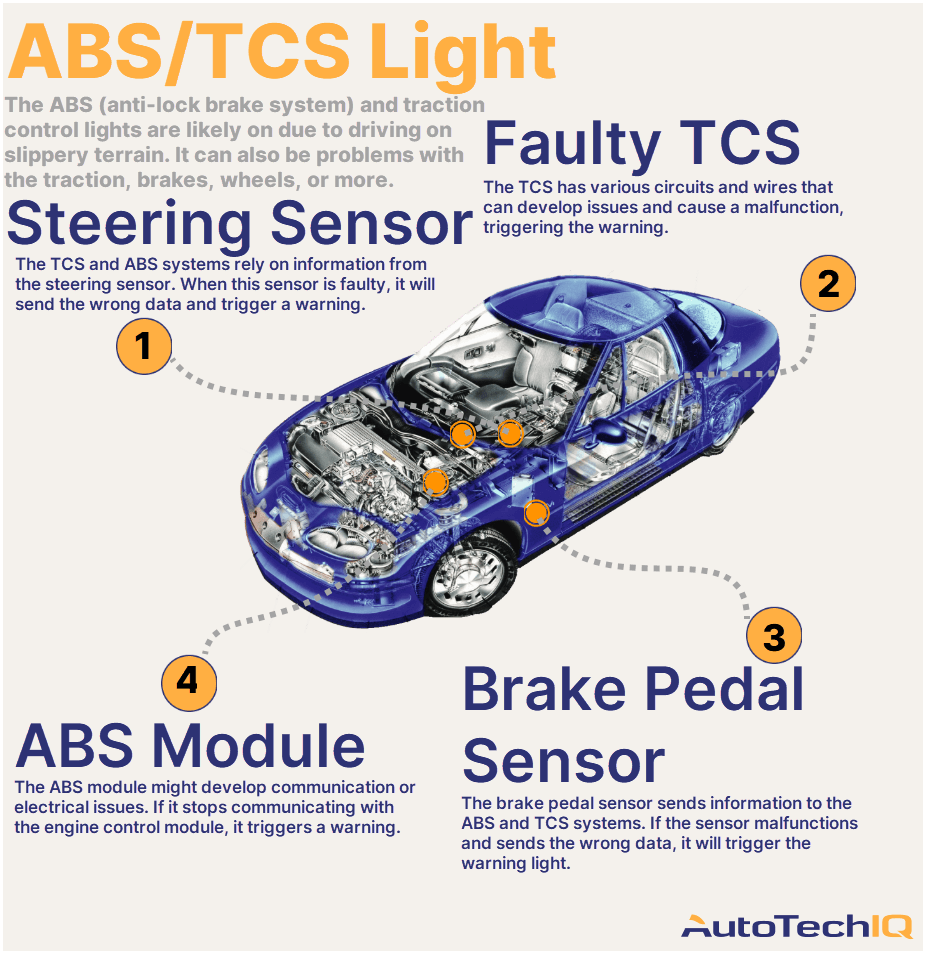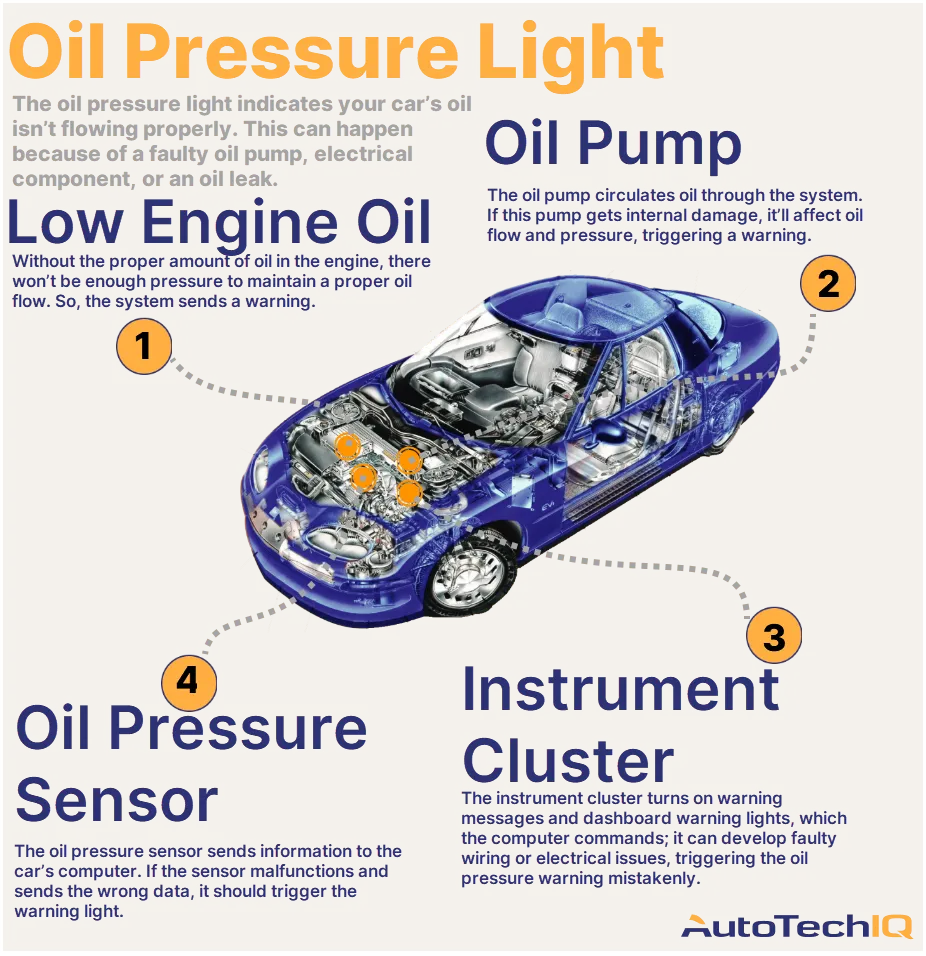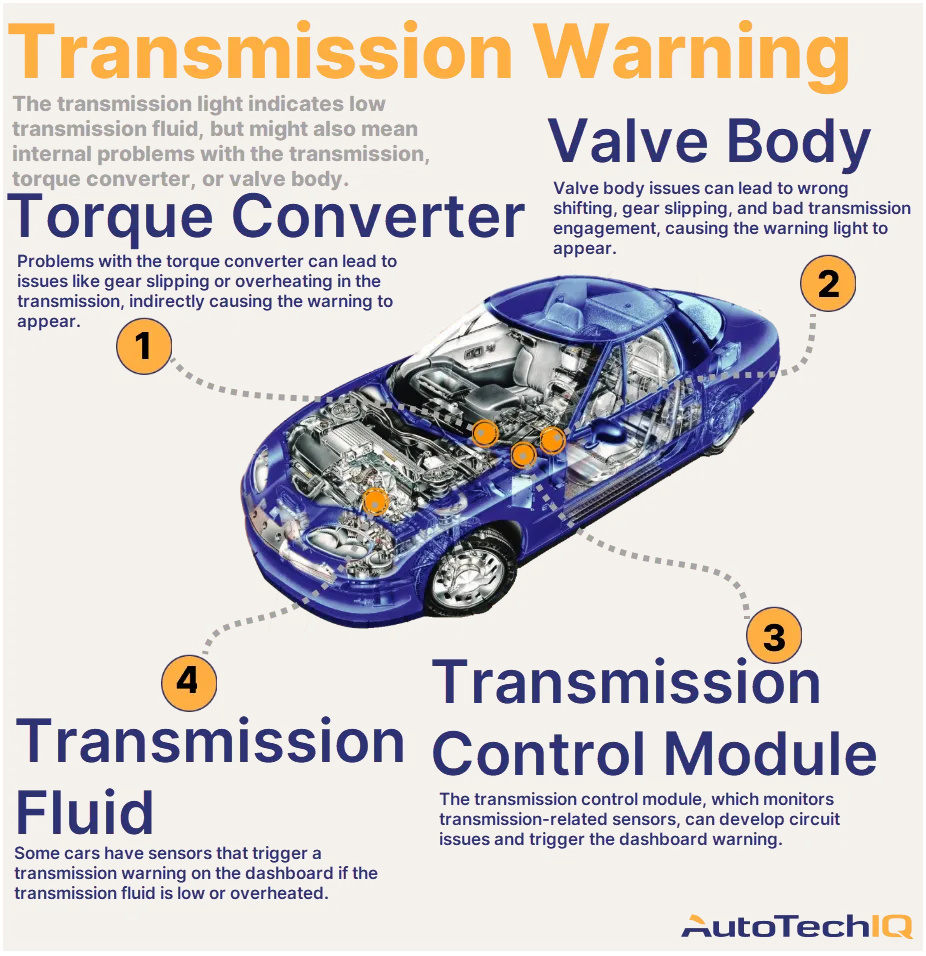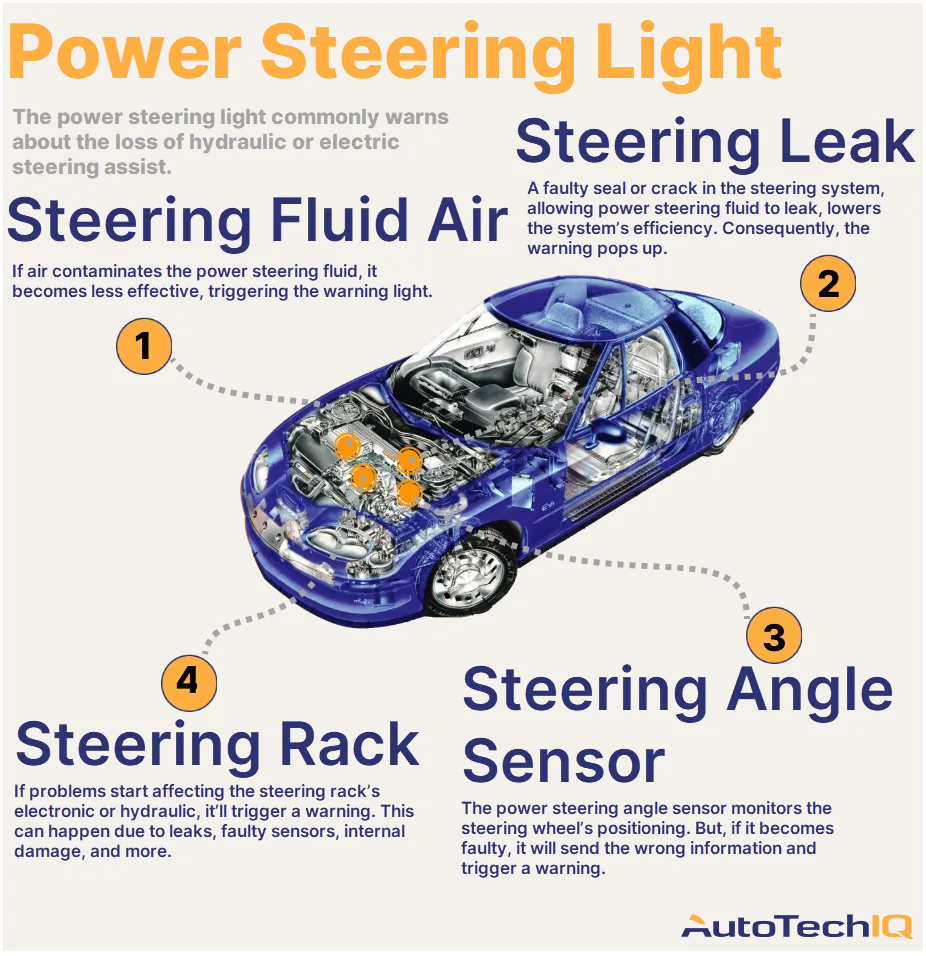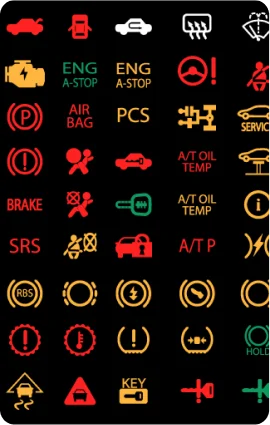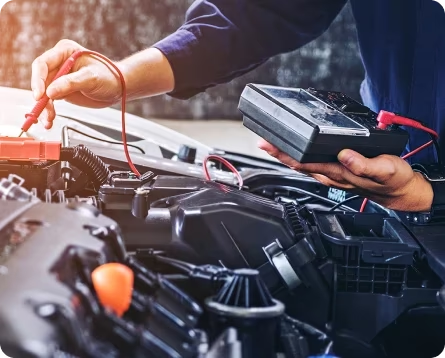Common symptoms for What Do My Dashboard Warning Lights Mean?
Does your car show one or more warning lights on its dashboard?
Have you noticed that with increasing computer-supported car features, there are more Dashboard Warning lights? Often, no additional noise, smell, or other noticeable changes in drivability appears when a warning light comes on. Although understandable, the first instinct of ignoring the light and waiting until the car shows malfunction signs is not recommended.
For this reason, we've made a set of articles to empower car and truck owners like you to understand better what might be affecting your vehicle. By reading through the articles, you'll get familiar with the following:
- What warning lights are common
- What common causes make the warning lights go on
- What fixes will your trusted auto repair shop apply to eliminate the warning lights
